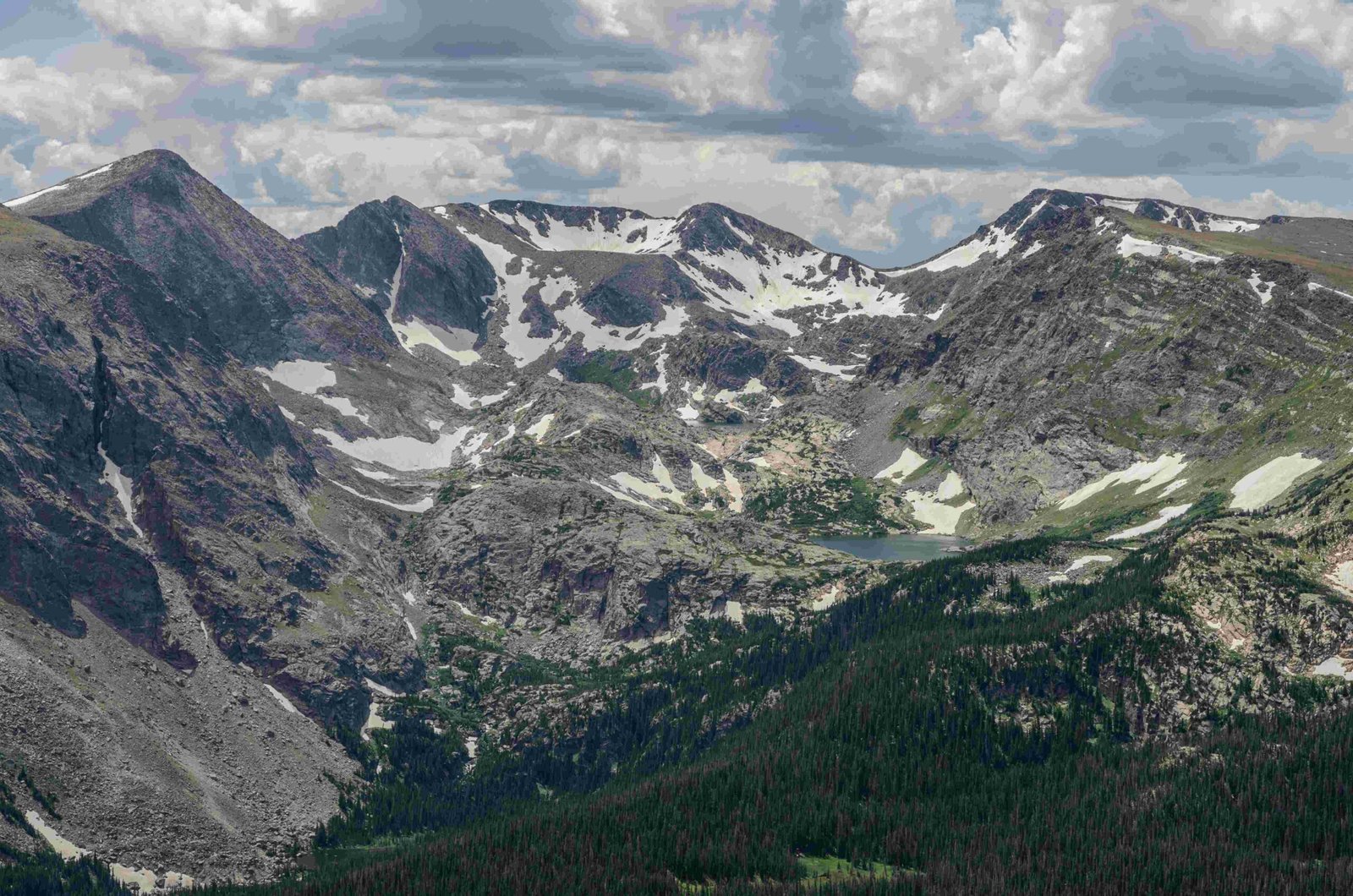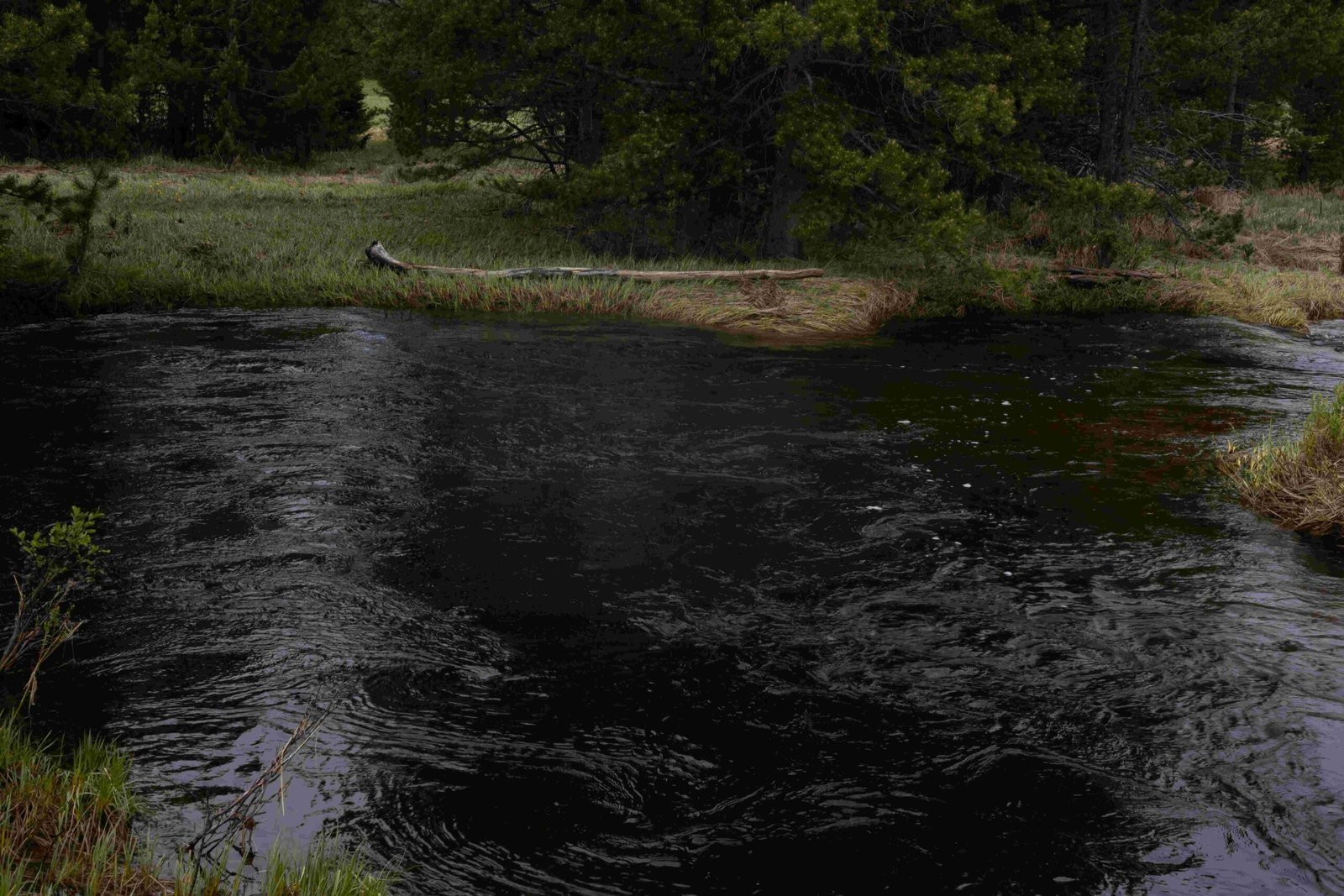Rocky Mountain National Park, a stunning wilderness area in Colorado, is known for its breathtaking landscapes, diverse wildlife, and outdoor recreational opportunities. However, contrary to some misconceptions, there is no gondola system within the park. This article aims to clarify the situation regarding the non-existent Rocky Mountain National Park gondola and provide valuable information about the park’s actual attractions and amenities.
What Is the Current Status of the Rocky Mountain National Park Gondola?

The truth is simple: Rocky Mountain National Park does not have a gondola system. Visitors to the park should be aware that there are no aerial lifts or cable car systems within the park boundaries. The park’s beauty and attractions are accessible through other means, such as hiking trails, scenic drives, and shuttle services.
Why Doesn’t Rocky Mountain National Park Have a Gondola?

Several factors contribute to the absence of a gondola in Rocky Mountain National Park:
-
Preservation of Natural Beauty: The park’s mission is to preserve its natural ecosystems and landscapes. A gondola system would significantly impact the visual aesthetics and ecological balance.
-
Environmental Concerns: Construction and operation of a gondola would likely have negative effects on wildlife habitats and plant life.
-
Park Management Philosophy: The park emphasizes self-reliant exploration and connection with nature, which aligns more with hiking and driving than mechanical transport systems.
-
Existing Infrastructure: The park already has well-maintained roads and an extensive trail network, reducing the need for additional transportation methods.
What Are the Alternatives to a Gondola in Rocky Mountain National Park?
While there’s no gondola, visitors can still enjoy spectacular views and access various areas of the park through other means:
- Scenic Drives:
- Trail Ridge Road: A 48-mile route offering panoramic views
-
Old Fall River Road: A historic one-way dirt road with unique perspectives
-
Hiking Trails:
-
Over 350 miles of trails ranging from easy walks to challenging backcountry routes
-
Shuttle Services:
- Park & Ride shuttle system operating during peak seasons
-
Hiker shuttle connecting Estes Park to the Park & Ride
-
Guided Tours:
- Ranger-led programs
- Commercial tour operators offering various experiences
How Can Visitors Best Experience Rocky Mountain National Park Without a Gondola?
To make the most of your visit to Rocky Mountain National Park, consider the following tips:
-
Plan Ahead: Research trails and attractions that match your interests and fitness level.
-
Use the Shuttle System: Avoid parking hassles and reduce environmental impact by using the park’s shuttle services.
-
Start Early: Popular trails and parking areas fill up quickly, especially during peak season.
-
Respect Wildlife: Observe animals from a safe distance and never feed them.
-
Be Prepared: Bring appropriate gear, water, and snacks for changing weather conditions.
What Are the Must-See Attractions in Rocky Mountain National Park?
Despite the absence of a gondola, the park offers numerous breathtaking sights:
-
Alpine Visitor Center: The highest visitor center in the National Park System, offering stunning views.
-
Bear Lake: A popular destination with easy trails and beautiful mountain reflections.
-
Longs Peak: The park’s highest mountain, challenging for experienced climbers.
-
Moraine Park: A vast meadow area perfect for wildlife viewing.
-
Alberta Falls: A scenic 30-foot waterfall accessible via a moderate hike.
When Is the Best Time to Visit Rocky Mountain National Park?
The park is open year-round, but each season offers a unique experience:
| Season | Highlights | Considerations |
|---|---|---|
| Summer | Peak hiking season, wildflowers | Crowded, afternoon thunderstorms |
| Fall | Elk rutting season, fall colors | Cooler temperatures, early snow possible |
| Winter | Snowshoeing, cross-country skiing | Limited road access, cold temperatures |
| Spring | Emerging wildlife, fewer crowds | Unpredictable weather, some snow-covered trails |
How Much Does It Cost to Enter Rocky Mountain National Park?
While there’s no gondola ticket to purchase, the park does have entrance fees:
- 1-Day Pass: $25 per vehicle
- 7-Day Pass: $35 per vehicle
- Annual Pass: $70
What Safety Precautions Should Visitors Take in Rocky Mountain National Park?
-
Altitude Awareness: The park’s high elevation can cause altitude sickness. Acclimatize slowly and stay hydrated.
-
Weather Preparedness: Mountain weather can change rapidly. Bring layers and rain gear.
-
Wildlife Safety: Keep a safe distance from all wildlife, especially large mammals like elk and moose.
-
Trail Safety: Stay on marked trails and inform someone of your hiking plans.
-
Vehicle Readiness: Ensure your vehicle is in good condition for mountain driving.
By understanding that Rocky Mountain National Park does not have a gondola system, visitors can better prepare for their trip and fully appreciate the natural wonders the park has to offer. The park’s commitment to preserving its pristine wilderness ensures that future generations can continue to enjoy its beauty in its most natural state.
References:
– https://www.nps.gov/romo/index.htm
– https://www.visitestespark.com/rocky-mountain-national-park/
– https://www.colorado.com/articles/5-top-places-get-close-wildlife-rocky-mountain-national-park
